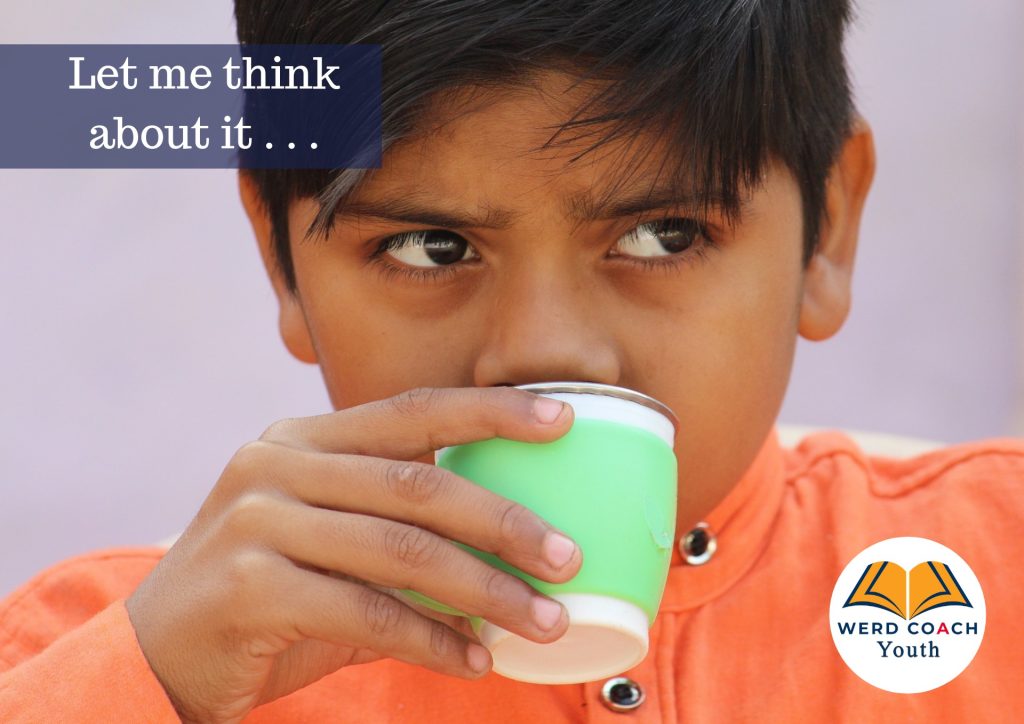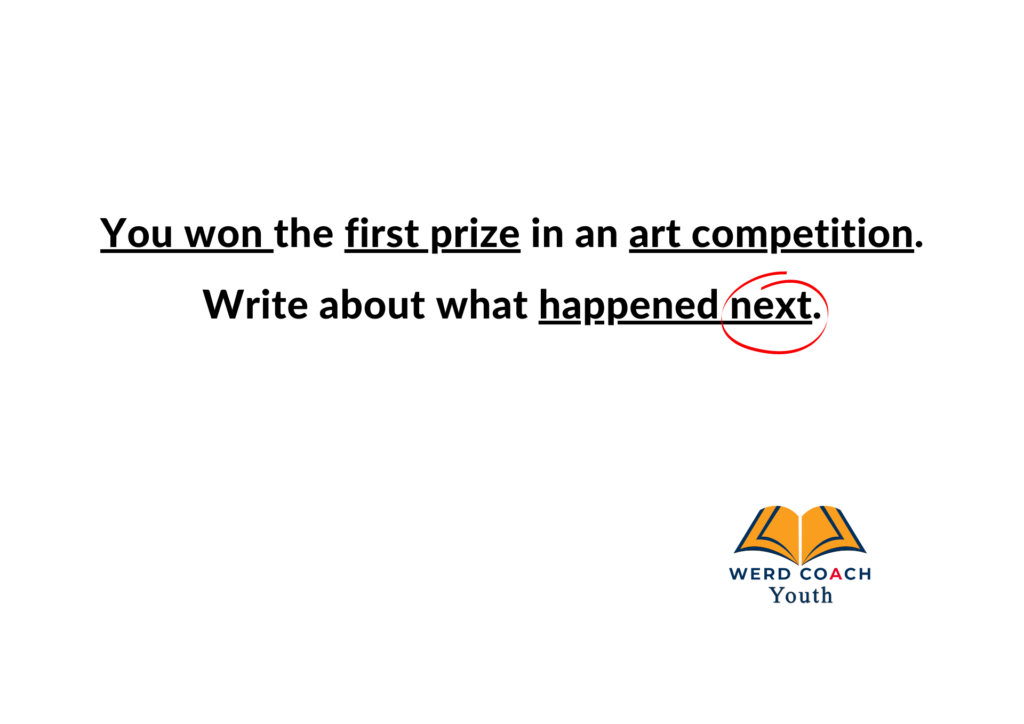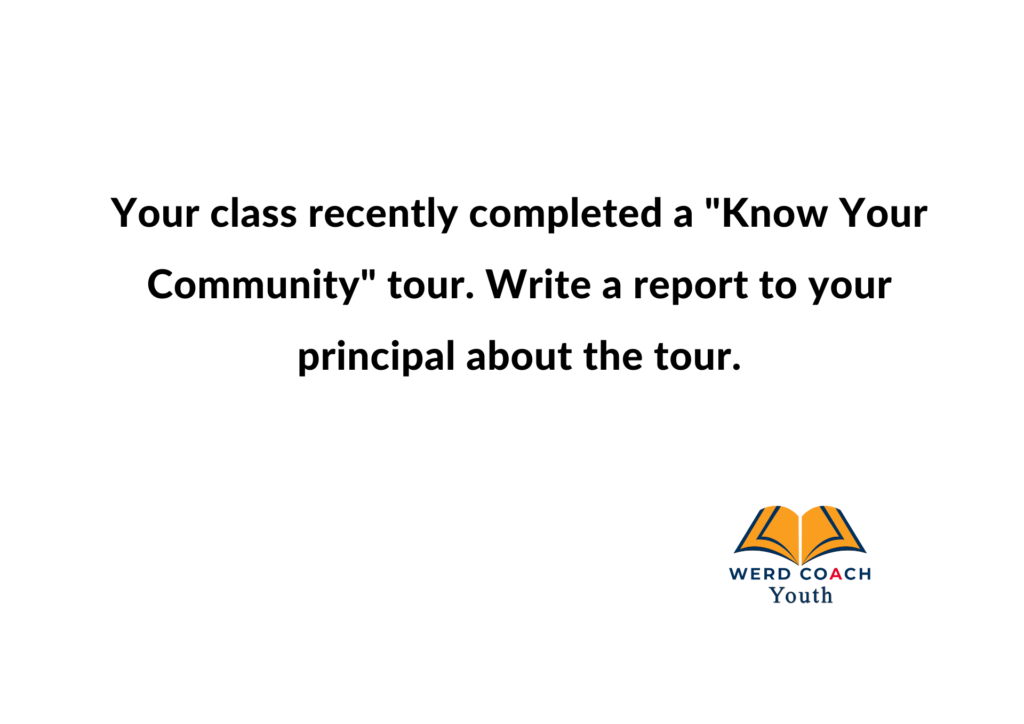Over the past week I’ve been in several conversations about how important it is to allow children to think and respond on their own. Far too often parents and teachers feel the need to correct children’s thinking, rather than guiding them to learn better habits.
Usually when we ask children to respond to a question and we don’t get the response we’re looking for, it’s easier to tell them they’re wrong than it is to analyze how they came to their conclusion in the first place. This happens a lot when going through comprehension with children, and the end result is that we give them the answers rather than guiding their thinking in the right direction.
Critical thinking is a skill that develops over time, and children must be allowed to think for themselves. Prescribing formulas for writing, particularly creative writing, does not give them an edge. What it does is create a box for them to function in, when by its very nature creative writing should allow them to express themselves freely.
There are ways to guide children through thought processes without giving them the answers we’re looking for.

Here are three strategies you can use:
1. Focus on ways to find information, rather than on a specific formula for a response. Show children how to ask questions about what they’re reading by listing and modeling. What is the idea given here? What in the passage supports your conclusion?
2. Discuss the reading/writing connection and have children think about the author’s intention and reader’s understanding. Why were certain words used? How do you think readers would react to this?
3. Show children that there are different types of comprehension questions. There are those which require details from the passage, and ask for specific information that can be easily found through scanning. There are those which ask about meaning, and require some thinking about how ideas are connected. And there are those which require readers to go beyond what’s stated or indicated in the passage to come to their own conclusion.
The most important thing, however, is to have patience with your child when they’re giving responses, and resist the urge to tell them what to think.





